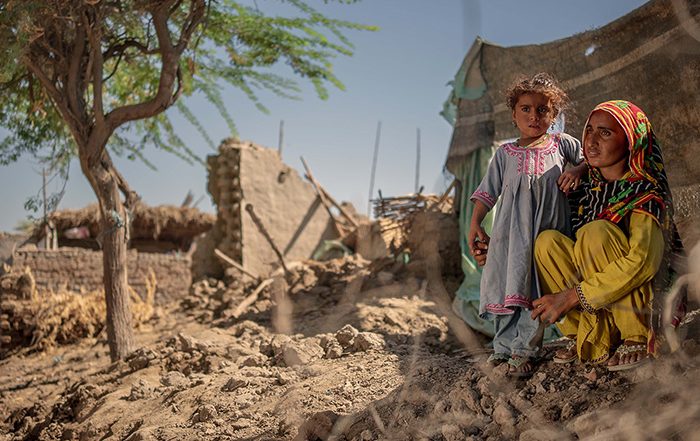
Cop28
As COP28 takes place in Dubai, we explain why world leaders must work quickly together to tackle the climate crisis.
Floods are the most common and widespread of all weather-related disasters.
They can flatten homes and devastate whole communities, leaving behind a long trail of destruction.
Floods are as destructive as hurricanes, tsunamis and earthquakes; they can devastate livelihoods and take away everything.
Find out more about this type of disaster, what causes it, and the devastating effects it can carry long after floodwaters recede.
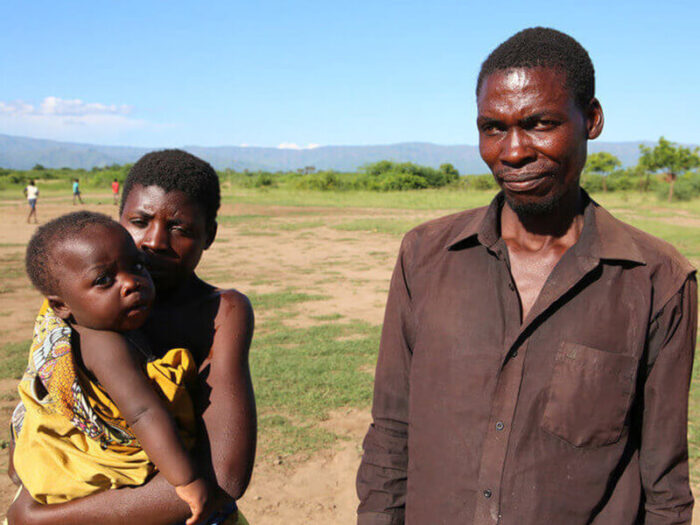

Petro and his family were forced to flee their village in Malawi after Cyclone Idai destroyed their home.
“The rains were so heavy, there was so much water flooding our house, then it just washed away. Completely washed away. So we had to run.
The next thing I thought was that we would die because I had to pick up my children on my shoulders. The water was almost at my neck level.”
Flooding and heavy rains have increased by more than 50% this decade; all over the world, families like Petro’s are struggling with the devastating effects of flood-related disasters.
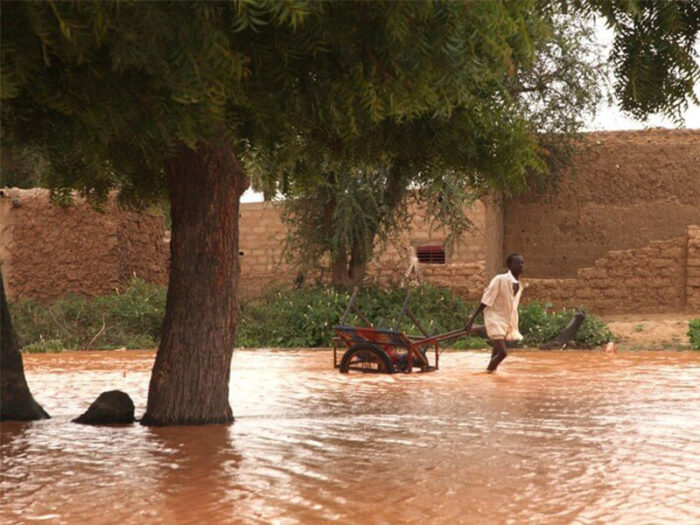

Floods happen when water levels rise suddenly, faster than the ground can absorb.
Flash floods are the most dangerous kind because they combine the destructive power of a flood with incredible speed and unpredictability. They destroy buildings, roads, bridges, and all kinds of infrastructure. They can wash away trees, animals and people.
Flash floods can happen with little or no warning, often giving families no time to prepare or evacuate.
Flooding can be caused by heavy rain, rising sea levels, fast-melting snow or even tsunamis, cyclones and hurricanes.
In recent times, climate change has been increasing the risk of floods globally, putting millions of people at risk and making coastal and low-lying areas more vulnerable.
A warming climate can cause hurricanes that move more slowly and drop more rain (source: National Geographic).
Flooding can happen anywhere in the world where it rains. In the U.S., floods kill more people each year than tornadoes, hurricanes or lightning.
Often, it takes years for communities to rebuild their homes and livelihoods.
A river flood happens when water levels rise over the top of river banks. They are often caused by prolonged rainfall or torrential downpours caused by tropical cyclones and other storms.
A coastal flood is caused by a high tide and worsened by heavy rainfall and onshore winds. People living in low lying land are at higher risk.
A storm surge is a rise in water levels in coastal areas, over and above the normal tide. They are caused by severe storms, waves, and low atmospheric pressure. Storm surges are extremely dangerous because they can flood large coastal areas.
Inland flooding occurs when moderate rainfall builds up over several days, intense rainfall happens over a short period, or a river overflows or dams or river banks fail.
A flash flood is caused by heavy rainfall in a short period of time, generally less than six hours. Flash floods can rip through river beds, urban streets, or mountain canyons, sweeping away everything in their path.
Floods and other extreme weather events are not ‘natural disasters’.
The term ‘natural disaster’, despite being widely used, is problematic.
Using the word ‘natural’ ignores the role that humans have in the disaster, assuming that the event would happen anyway and there is little that we can do to prevent it.
It’s actually the decisions we make that create a disaster.
Factors like living conditions and poverty, government capacity to prepare and respond, as well as the process of rebuilding and how efficient that would be, are all factors that will define whether a disaster occurs as a result of the natural hazard.
Hazards are inevitable – but the impact they have on society is not.
Read more about the importance of avoiding the term ‘natural disaster’.
Why disasters are not natural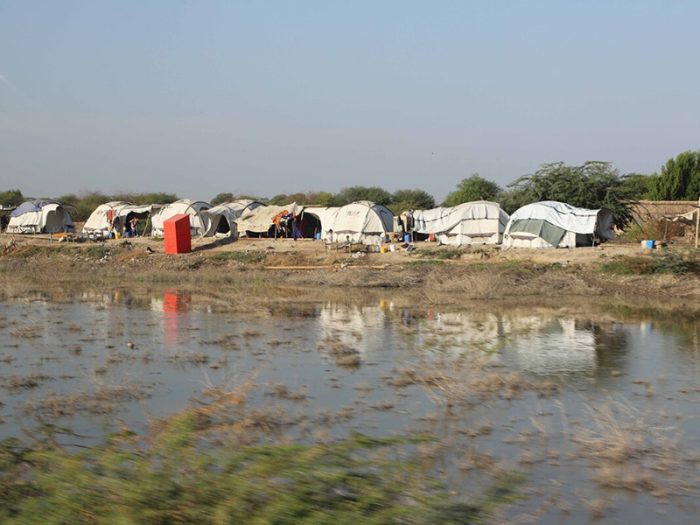

Flooding can be extremely damaging – even life-threatening.
Rapidly moving water can be extremely powerful and destructive. It can pick up and wash away cars, houses, bridges, and people. It can leave vast areas uninhabitable and families homeless and vulnerable.
Even after floodwaters recede, the risk still remains. The land is often left blanketed in silt and mud. Water can quickly become dangerously contaminated with sewage and other toxic materials, leaving no safe drinking water.
Communications go down, roads are blocked, leaving whole communities trapped and inaccessible for days – sometimes with no food or water.
Flooding can also lead to serious water-borne disease outbreaks like malaria.
The stagnant water creates a breeding site for mosquitoes, increasing the spread of insect-borne diseases and the risk of deadly outbreaks.
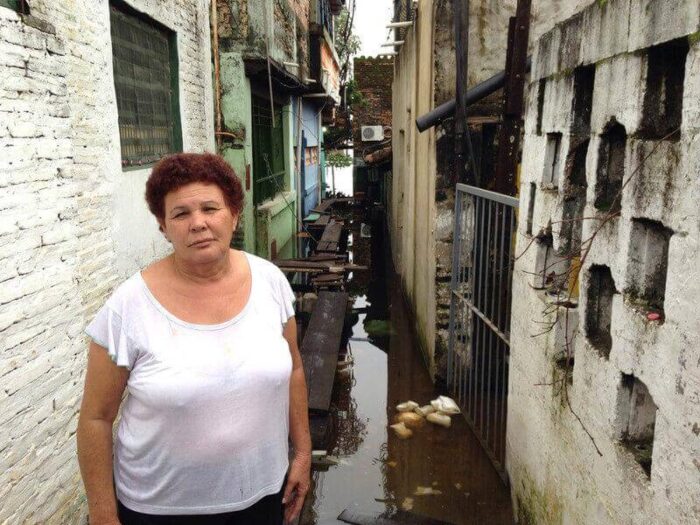

Responding to severe floods comes with several challenges. When areas become inaccessible for days or even weeks, humanitarian aid agencies struggle to reach families who need urgent aid and support.
Despite this, we have responded to flooding at least 75 times since 2000. We’ve provided emergency aid and support to over 49,000 families in total.
Throughout the years we’ve worked with communities affected by flooding in Bangladesh, Paraguay, Kenya, Malawi, Peru, Sri Lanka, and beyond.
Our largest response to flooding was in Pakistan in 2010, where 8,000 families received ShelterBox aid to help them rebuild their homes and lives. Read more about our current response in Pakistan and see how you can help.
Pakistan floodsThere are many weather events that can trigger flooding, so we monitor a number of early warning systems. The US-based National Oceanic and Atmospheric Administration provides Atlantic and Pacific hurricane forecasting as well as a world weather system prediction for the proceeding fortnight.
Windy.com predicts global weather systems for the week ahead and we use GDACS (Global Disaster Alert and Coordination System) for all types of disaster warnings. We also use specialist flooding sites and monitor regional national disaster agency websites and their social media channels.
ShelterBox has limited resources, so we have to make tough decisions on whether to respond to a disaster or conflict. That is why we have developed our response criteria.
These questions help us make those decisions. Once the criteria have been met, we look to deploy teams immediately after an event.
Flooding events require a period of search and rescue (SAR) to be carried out by the region’s authorities. Whilst shelter plays an important role in the recovery of affected families, immediate access to medical services, food and water take priority.
ShelterBox would usually coordinate with authorities and other agencies and support families after SAR has been completed and floodwater has started to recede.
Our flooding response in Kenya last year is a good example. We had teams in-country one month after the initial flooding event in April, but families didn’t begin collecting aid until August, as waters needed to recede before families could decide what their next steps were.
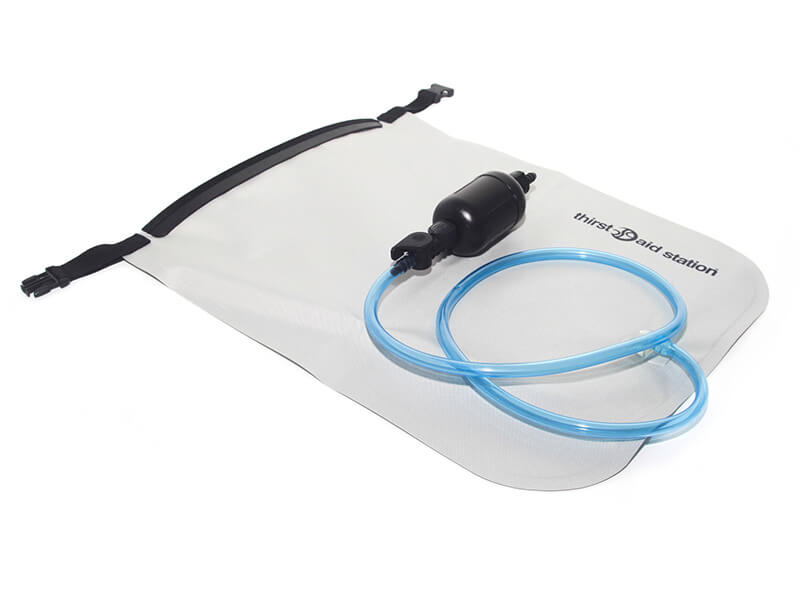
Water filters
Families often don’t have access to clean water, so water filters and carriers can allow them to produce clean water.
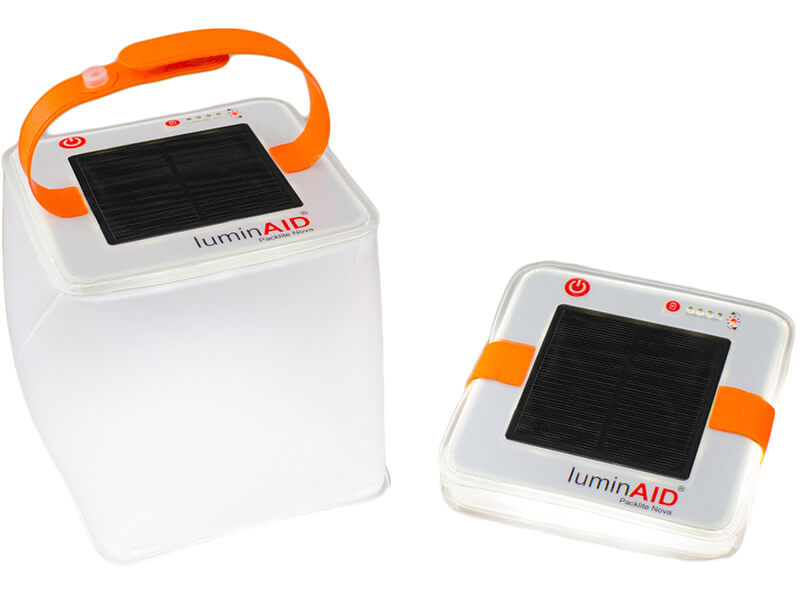
Solar lights
Power lines can be damaged for a long period of time, leaving communities with no access to electricity. Solar lights are a practical solution, enabling families to regain a sense of normality.
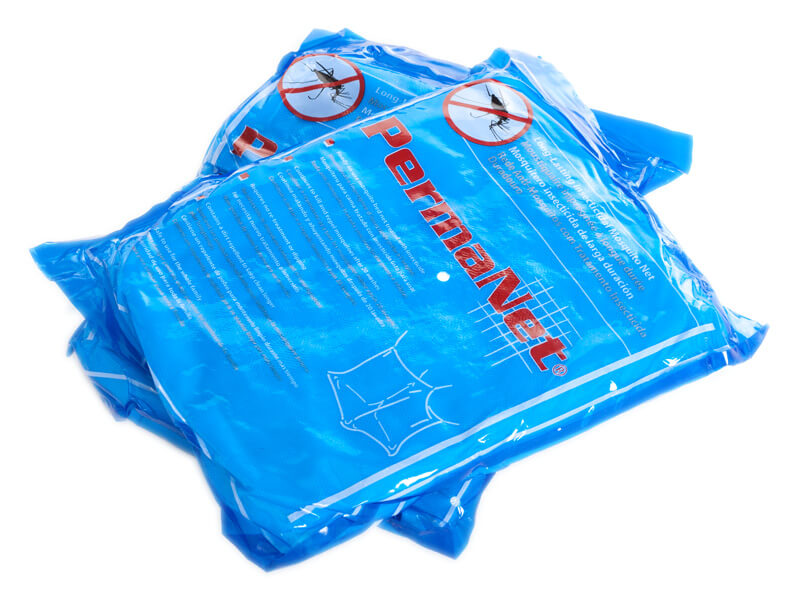
Mosquito nets
Flooding can lead to vector-borne disease outbreaks like malaria. Mosquito nets can help reduce the risk of infection and help families sleep better at night.